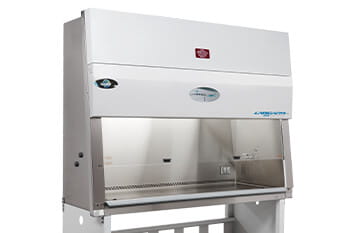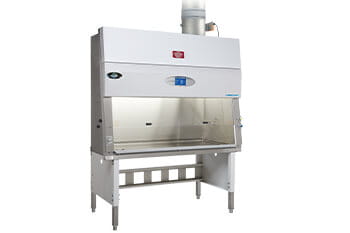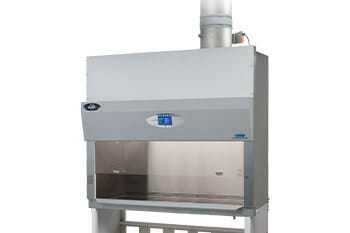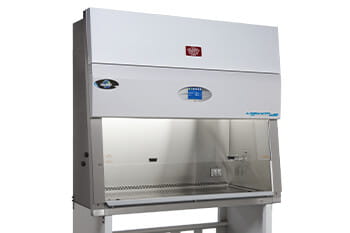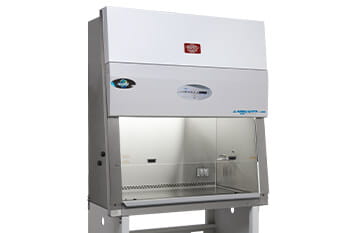Article
Biosafety and Hazardous Product Storage Practices
5/27/2015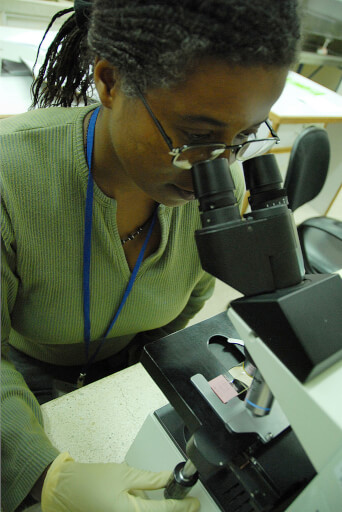
Amid a spate of incidents of improperly stored, potentially infectious biological agents--including anthrax, smallpox, and avian influenza--reported in July 2014, the House Energy and Commerce Committee issued letters to the Centers for Disease Control and Prevention, the Food and Drug Administration, the National Institutes of Health, and the Health and Human Services Inspector General questioning adherence to mandated safety practices.
Dr. Jere Dick of the Department of Agriculture testified before the committee about a possible anthrax exposure at the CDC that many controls were deficient, including biosafety, security, and management. As a research scientist or lab employee working with select agents, you can have an impact on improving this situation.
Importance of Biosafety Protocols
A biohazard is any organism that causes human or animal disease. Biohazards can be absorbed through wounds, the respiratory tract, digestive system, skin, or mucous membranes, and exposure can happen at any stage of biohazard handling. To ensure the safe use of biohazards, research institutes must follow the Federal Select Agent Program, which oversees the possession, transfer, and use of biological select agents and toxins and mandates laboratory practices on containment, handling, sterilization, and disinfection in the lab, as well as safe handling of lab equipment, waste disposal, and waste transport.
Equipment for Sterile Environments
Scientists and lab managers conducting research using select agents can reduce possible contamination and improve compliance with the Federal Select Agent Program by selecting appropriate microbiologic practices, safety equipment, and facility safeguards for their labs. One area where you can make a big impact is by selecting lab storage equipment that meets or exceeds requirements, such as NuAire biosafety cabinets that provide sterile environments for storing hazardous agents.
Avoiding Contamination
As well designed as they are, these biological safety cabinets alone cannot prevent contamination when lab workers open them and reach inside. To avoid contamination and increase biosafety, NuAire hosts an infographic on its website of 10 aseptic techniques you should follow when working in a biosafety cabinet.
While the government's investigations should improve training and enforcement to prevent exposure to potentially infectious agents and biohazards, the equipment lab workers use also plays a role in preventing contamination. As a research scientist, you can make a significant contribution by choosing the best NuAire Biosafety Cabinets and ensuring your lab workers use them properly.

